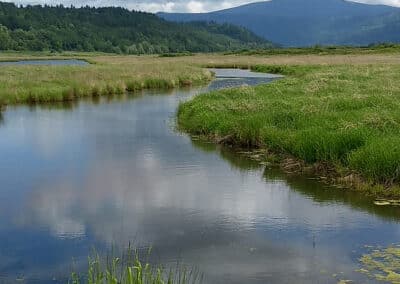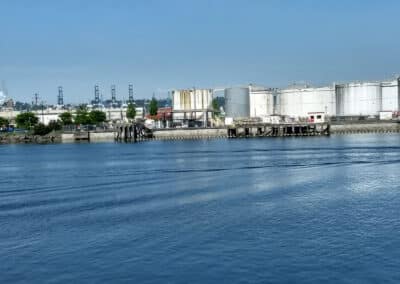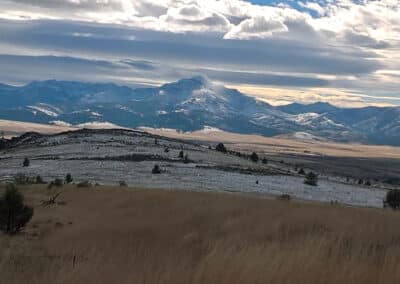Agency Malaise is Killing Salmon
A Fishing Enthusiast Asks: Are water quality standards for temperatures impossible to attain?
by Nina Bell • February 4, 2021 •
Well, dear reader, at one level the answer is the glib: “we will never know because we will never try to meet them.”
That is, the way to meet water quality standards is to protect streamside trees from being removed, limit the runoff of sediment that makes our streams shallow and wide, plant trees where there is no longer any shade, and keep water in our rivers.
Instead, in the Northwest states, where cold-water salmon and steelhead rely on cold waters to survive, we have logging rules that allow the removal of too many streamside trees, no consideration to the logging roads and landslides that fill our streams with sediment, no requirements for farmers to do anything at all, and Wild West water removal laws.
So, absent the actions that need to be taken to protect and restore salmon and steelhead, we’re unlikely to ever see if temperature standards can be attained.
Now, can we evaluate whether these look possible to attain on paper, using scientific models? The answer is “yes” but that means that the agencies can’t cheat while they are doing it. And, while that’s not a very nice word, it expresses the problem pretty well. Let me explain.
State water quality agencies create models of rivers to develop clean-up plans required by the Clean Water Act that, in truth, they have zero intention of implementing. Nonetheless, they spend a lot of money to create the models. When they use these models to see how cool the temperatures could be if the agencies were to actually require loggers and farmers to protect water quality, the agencies plug in certain assumptions. And this is where the exercise goes very wrong.
This modeling exercise depends on identifying and using the model to remove all of the human impacts to water temperature, such as dams, lack of streamside trees, erosion that makes streams shallow, water withdrawals, etc. The agencies simply don’t do it. Instead, for example, they sometimes plug in current hot temperatures to represent the inputs of tributaries and then claim the result is river temperatures that would occur under natural conditions. By engaging in this and other such tricks, they predict that downstream river temperatures would remain warmer than, say, if we stopped clearcutting mountain tops.
Or, as the saying goes, garbage in, garbage out.
But the real answer to the question is this: do we, as a society, even care enough to try to reduce stream temperatures to save salmon?



